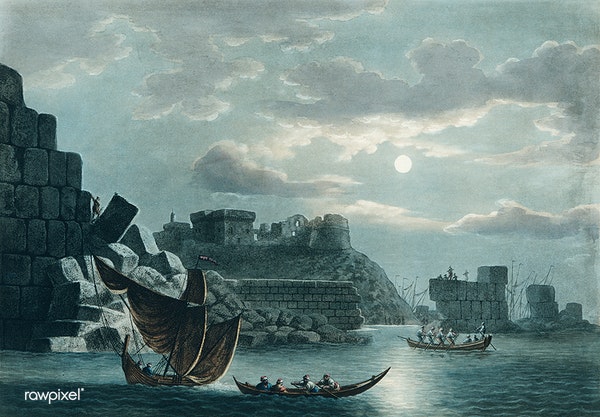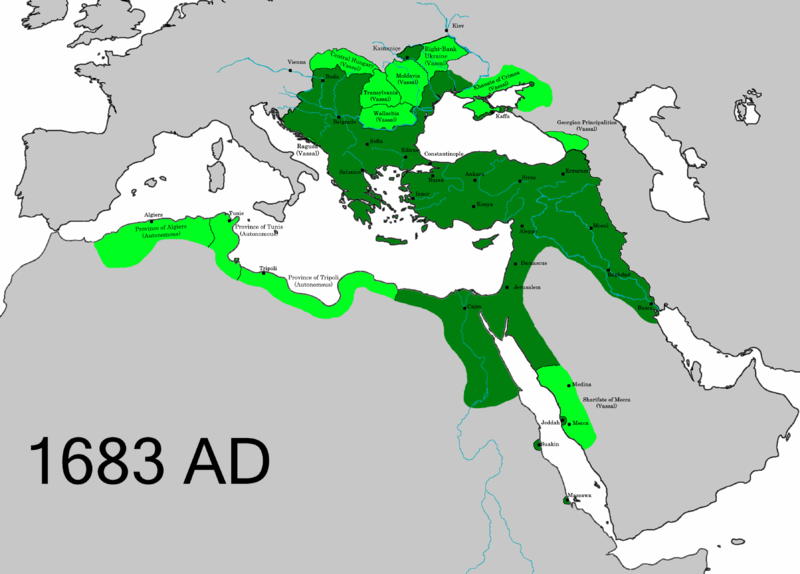Physical Address
304 North Cardinal St.
Dorchester Center, MA 02124
Physical Address
304 North Cardinal St.
Dorchester Center, MA 02124
Being human in this 'brave new world'
Being human in this 'brave new world'

HISTORY is being re-written by marine archaeologists who have just discovered a “truly ground-breaking” set of ship wrecks off Lebanon that put in doubt the long held belief that western civilisation invented globalised trade.
Ancient wrecks ranging from early Islamic vessels to those of the Ottoman Empire have been discovered by a British team of marine archaeologists.
The Enigma Shipwrecks Project, ESP, described finding a vast Ottoman Empire vessel, described as “an absolute colossus” with a dazzling array of cargo from around the world.
The Ottoman Empire vessel was so large that two merchant men sailing ships would have fitted on its deck.

The ship was loaded with Ming Dynasty Porcelain, paint jugs from Venice and peppercorns from India, revealing a previously unknown east-west maritime trade route from China through Persian, to the Red Sea, then into the eastern Mediterreanean.
How the materials were transported from the Red Sea into the Meiterranean would have used an unknown land based route, as the Suez canal was yet to be created.
The Ottoman Empire ship is thought to have sunk in 1630, and reveals a new narrative of how globalisation emerged.
Speaking to The Observer Sean Kingsley, lead archaeologists for the project, said: “This is truly ground-breaking, one the most incredible discoveries under the Mediterranean.”
Mr Kingsley added: “The goods and belongings of the 14 cultures and civilisations discovered, spanning on one side of the globe China, India, the Persian Gulf and Red Sea, and to the west North Africa, Italy, Spain, Portugal and Belgium, are remarkably cosmopolitan for pre-modern shipping of any era.
“At 43 metres long and with a 1,000-ton burden, it is one of the most spectacular examples of maritime technology and trade in any ocean.
“Its size is matched by the breadth of its cargoes.”
The diversity of cargo on the vessel suggest a very cosmopolitan society in the middle east throughout the 1600s and one that would have eclipsed Europe at that time.
The ship had loaded supplies of tobacco and Jingdezhen made porcelain for sipping Chinese tea, that would have been adapted for drinking coffee, a trend that came to Europe through contact with the Ottomans.
Mr Kingsley said: “Through tobacco smoking and coffee drinking in Ottoman cafes, the idea of recreation and polite society hallmarks of modern culture came to life.
“Europe may think it invented notions of civility, but the wrecked coffee cups and pots prove the barbarian Orient was a trailblazer rather than a backwater.
“The first London coffeehouse only opened its doors in 1652, a century after the Levant.”
The established view is that a truly seabound and world-wide globalisation of trading only occured in the 19th Century is now being challenged by these shipwrecks.
The opening up of China after the First and Second Opium Wars, the pillaging of Sub-Saharan African resources by European powers and the conquest of India by the British all elevated the west to become masters of commerce and imperial power throughout the world.
But, the discovery of the Ottoman vessel under the Mediterranean waves shows a glimpse of an earlier dawn of global trade, led by the powers of the East as opposed to the European-centric hegemonic narrative.
First time visiting your website, I really like your web site!
Bookmarked!, I enjoy your site!